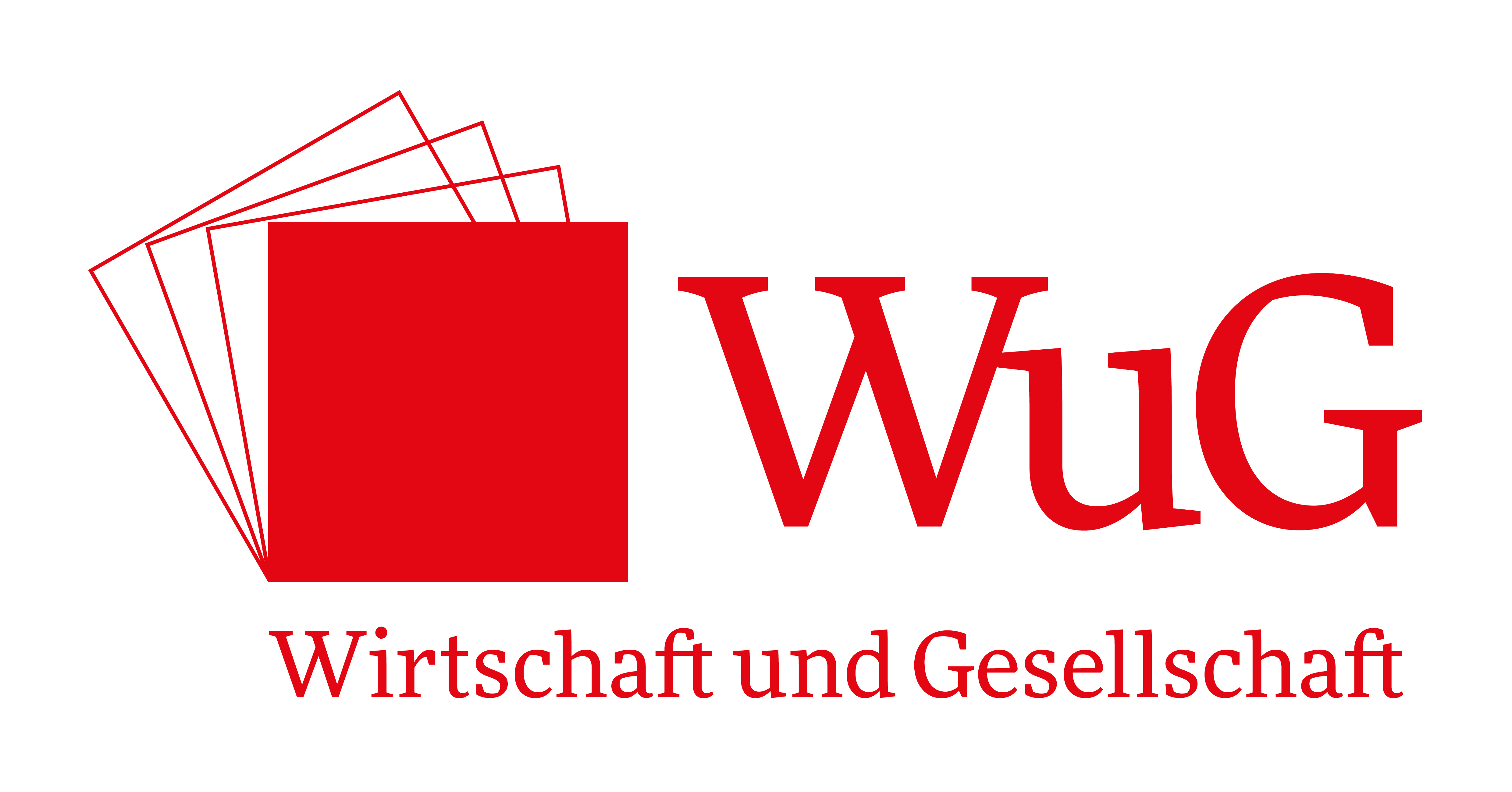Abstract
This paper explores the relationship between financialization and sustainable finance within the European Union, examining how market-based instruments are employed to address climate change. Using a hierarchical cluster analysis, the study categorizes EU countries based on their degree of financialization and compares their adoption of green finance instruments such as bonds and loans. Findings indicate that highly financialized countries rely more on sustainable finance mechanisms but do not exhibit a proportional reduction in greenhouse gas emissions. This highlights the limitations of market-driven solutions in achieving environmental goals. The study argues that by promoting sustainable finance, the European Green Deal stabilizes the existing finance-dominated regime of accumulation rather than facilitating a transformative ecological shift. The research suggests the need for comprehensive regulatory frameworks that address both environmental and economic inequalities. Ultimately, this paper challenges the efficacy of financialization as a tool for genuine climate action.

